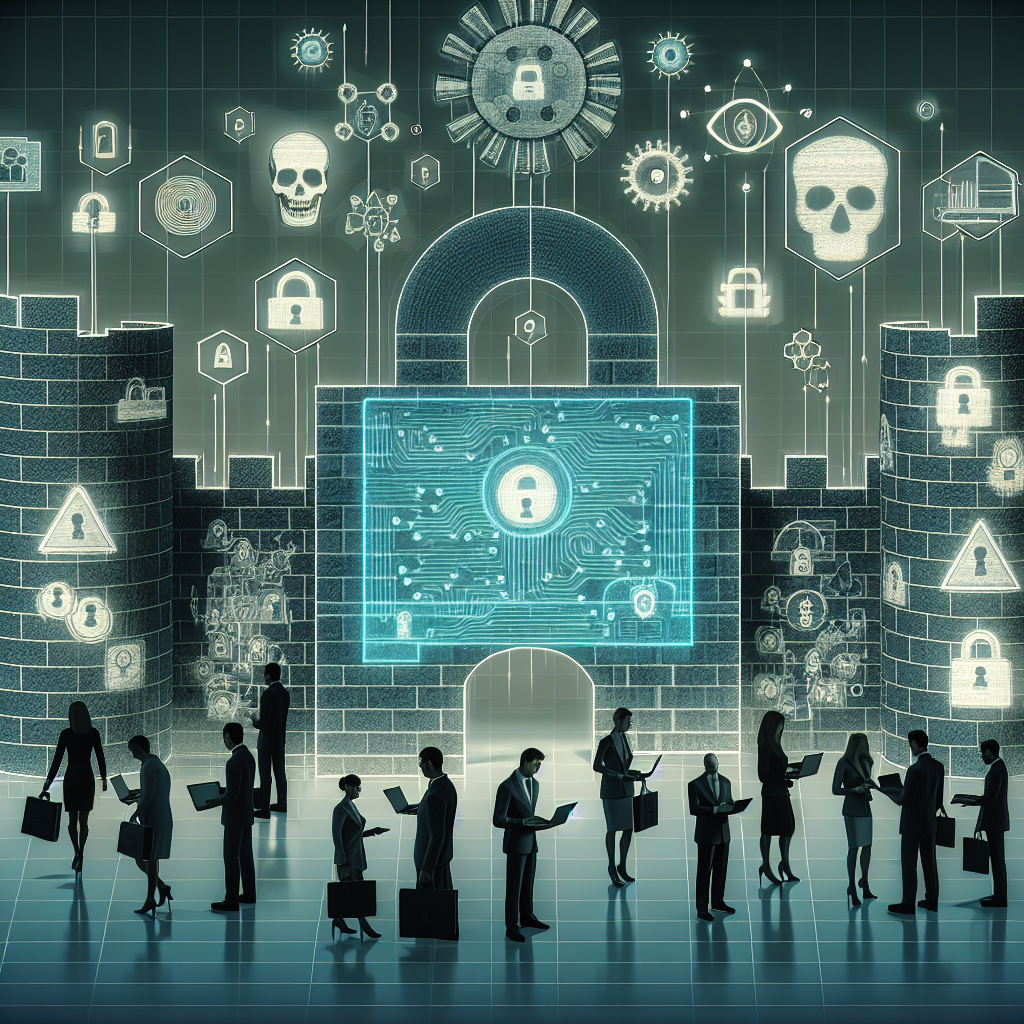The cybersecurity landscape is witnessing an alarming surge in ransomware attacks directed towards financial institutions. Hackers are employing more sophisticated techniques to infiltrate systems, causing unprecedented disruptions and financial losses.
Financial institutions have always been prime targets due to their lucrative data and direct access to funds. However, the recent pattern of attacks has escalated, raising concerns over the readiness of these institutions to counter such sophisticated threats. The financial sector must adapt its defenses by investing in advanced cybersecurity measures and fostering a proactive culture.
Several factors contribute to the allure of financial institutions for ransomware attackers. The sensitive nature of financial data and the potential for large ransom payoffs make banks and similar entities high-value targets. Furthermore, the increased use of digital platforms for banking has expanded the surface area vulnerable to cyber threats.
In recent high-profile cases, small regional banks have faced detrimental ransomware attacks, crippling their operations for days. One notable attack, reminiscent of the 2019 Capital One data breach, revealed the intricate web of vulnerabilities surrounding cloud server misconfigurations. These incidents underscore the importance of vigilance and the necessity for constant security audits.
To combat the rising tide of ransomware attacks, financial institutions must take several strategic measures. First on the agenda is investing in cutting-edge encryption technologies and intrusion detection systems. By maintaining an arsenal of robust cybersecurity tools, banks can better fortify their defenses against opportunistic cybercriminals.
Equally important is the role of employee training. Cybersecurity is not solely a technological issue but a human one. Regular training sessions aimed at enhancing employees' awareness of phishing tactics and social engineering can form a formidable first line of defense against ransomware attacks.
Moreover, institutions should consider forming partnerships with government agencies to improve information sharing and incident response times. Collaborative efforts have proven effective in dismantling ransomware gangs and preventing potential attacks. These partnerships can also lead to the development of stringent regulatory measures to ensure all financial institutions adhere to a baseline standard of cybersecurity.
Leaders in the financial sector should also look to innovate through AI and machine learning-driven security solutions. These technologies offer the promise of real-time threat detection and the ability to predict potential vulnerabilities before they can be exploited. An agile, tech-savvy approach will be crucial in staying ahead of increasingly sophisticated cyber adversaries.
As ransomware continues to evolve, financial institutions must adopt a comprehensive and forward-thinking approach to cybersecurity. By shoring up defenses with advanced technologies, deepening collaboration with relevant entities, and cultivating a cybersecurity-aware workforce, these institutions can mitigate the risks posed by this daunting threat.
Estimated reading time: 2 minutes, 16 seconds
Strengthening Defenses: Financial Institutions Face Skyrocketing Ransomware Threats Featured
 Financial institutions are facing a surge in ransomware attacks, prompting a need for stronger cybersecurity measures. Advanced technology, employee training, and collaboration are key to combating these threats.
Financial institutions are facing a surge in ransomware attacks, prompting a need for stronger cybersecurity measures. Advanced technology, employee training, and collaboration are key to combating these threats.
Latest from Security Tech Brief
- Navigating the Future of Cybersecurity with AI-Enhanced Solutions
- Navigating the Rising Tide of Cyber Threats: Key Trends and Strategies for 2024
- The Rising Threat of Phishing in Cybersecurity: A Call to Action for Businesses
- The Rise of Zero-Day Vulnerabilities: A New Wave of Cybersecurity Challenges
- Navigating the New Wave of Cyber Threats: Key Strategies for Businesses
Most Read
-

-
Jan 30 2020
-
Written by Security Tech Brief Staff
-
-

-
Jan 25 2019
-
Written by Security Tech Brief Staff
-
-

-
May 27 2019
-
Written by Security Tech Brief Staff
-
-

-
Jun 01 2019
-
Written by Security Tech Brief Staff
-














